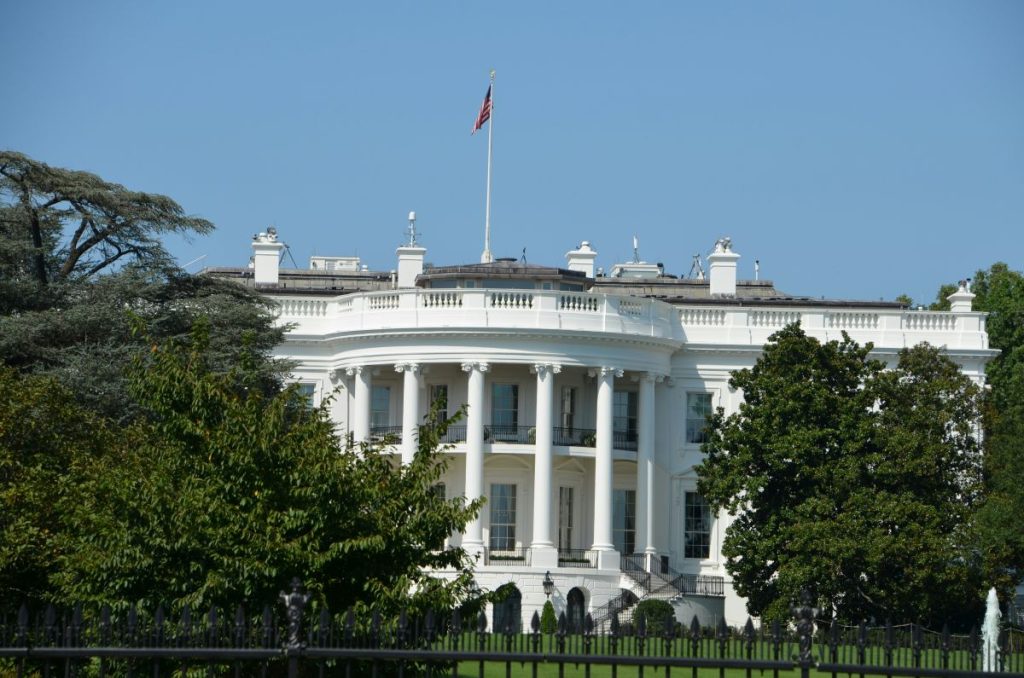With tariffs now issued and further trade uncertainty looming, companies must move quickly to protect supply chains and manage escalating costs.
Over the weekend, President Donald Trump signed three executive orders imposing tariffs on the U.S.’s top three trading partners. These new tariffs include 25% duties on imports from Mexico, 25% duties on most Canadian imports, and a separate 10% tariff specifically on Canadian energy resources. Additionally, an extra 10% tariff has been placed on imports from China. The tariffs officially take effect on February 4, adding immediate cost pressures across multiple industries.
The White House stated that the tariffs were implemented to address ongoing trade imbalances and to hold trading partners accountable for commitments related to the flow of fentanyl into the U.S. While these trade actions were anticipated, their immediate enactment and broad scope are forcing businesses to accelerate risk mitigation strategies.
Adding to the pressure, the United States-Mexico-Canada Agreement (USMCA) remains under scheduled review in 2026, meaning potential renegotiations could reshape tariff structures, regional content rules, and compliance regulations. Companies relying on North American trade must prepare for further trade shifts or risk being caught unprepared.
Navigating the New Tariff Landscape
With these tariffs now a reality, companies must accelerate reshoring and nearshoring strategies to mitigate long-term exposure. Moving production to the U.S. eliminates tariff costs while taking advantage of government incentives for domestic manufacturing. For businesses unable to fully reshore, shifting production to Mexico or Canada under USMCA may still provide tariff relief, particularly for industries not heavily impacted by these new duties.
Maximizing duty reduction programs is another key strategy. Companies should immediately leverage Foreign-Trade Zones (FTZs), duty drawback programs, and other trade mechanisms to offset some of the financial impact. FTZs allow businesses to defer, reduce, or eliminate duties on certain imports, while duty drawback programs offer refunds on tariffs for re-exported goods. Understanding and utilizing these programs can provide essential cost relief in the near term.
Key Risks and Immediate Challenges
The tariffs are already increasing costs at every level, from raw materials to final products. Companies that have not secured diversified sourcing options or negotiated tariff-sharing agreements with suppliers may see immediate margin compression. Businesses must renegotiate contracts and explore alternative suppliers in non-tariff regions to reduce financial exposure.
The 2026 USMCA review remains a significant unknown. If trade renegotiations lead to higher regional content requirements or additional compliance mandates, companies may need to overhaul supply chains again. Establishing flexible supplier agreements and contingency sourcing plans is critical to navigating potential policy changes.
Canada, Mexico, and China have already signaled the possibility of counter-tariffs on U.S. exports, which could hurt industries such as automotive, agriculture, and technology. Businesses reliant on international sales should diversify their customer base, explore alternative export markets, and stay ahead of shifting trade restrictions to mitigate revenue risks.
Strategic Action Plan for Supply Chain Resilience
Mitigating immediate risks requires a proactive approach. Companies should diversify sourcing and strengthen supplier networks outside of tariff-heavy regions to avoid over-reliance on any single country. Developing contingency plans that assess cost implications and operational risks under different trade scenarios is essential to maintaining stability. Renegotiating contracts to include cost-sharing provisions that adjust for tariff fluctuations will also be crucial to controlling expenses.
Optimizing operations can help offset increased costs. Investing in domestic manufacturing where feasible can eliminate exposure to foreign tariffs and take advantage of local incentives. Improving logistics and inventory management will help businesses minimize waste and avoid excess costs, while automation and AI-driven analytics can refine sourcing decisions and enhance demand forecasting.
Ensuring compliance with evolving trade regulations should also be a priority. Establishing dedicated trade compliance teams will help businesses stay ahead of new requirements and avoid penalties. Adopting blockchain and IoT tracking can increase visibility and efficiency in global shipments, allowing for better oversight of trade flows. Engaging with policymakers and industry associations will also help businesses advocate for favorable trade policies and ensure their interests are represented in ongoing negotiations.
What Happens Next?
With tariffs now in force and trade policies still evolving, businesses that act decisively will be in the best position to protect their supply chains and financial health. Those that fail to adapt risk severe cost increases, operational disruptions, and lost market share. The focus now must be on rapidly adjusting sourcing, leveraging duty reduction strategies, and enhancing supply chain resilience to navigate this new trade landscape effectively.



